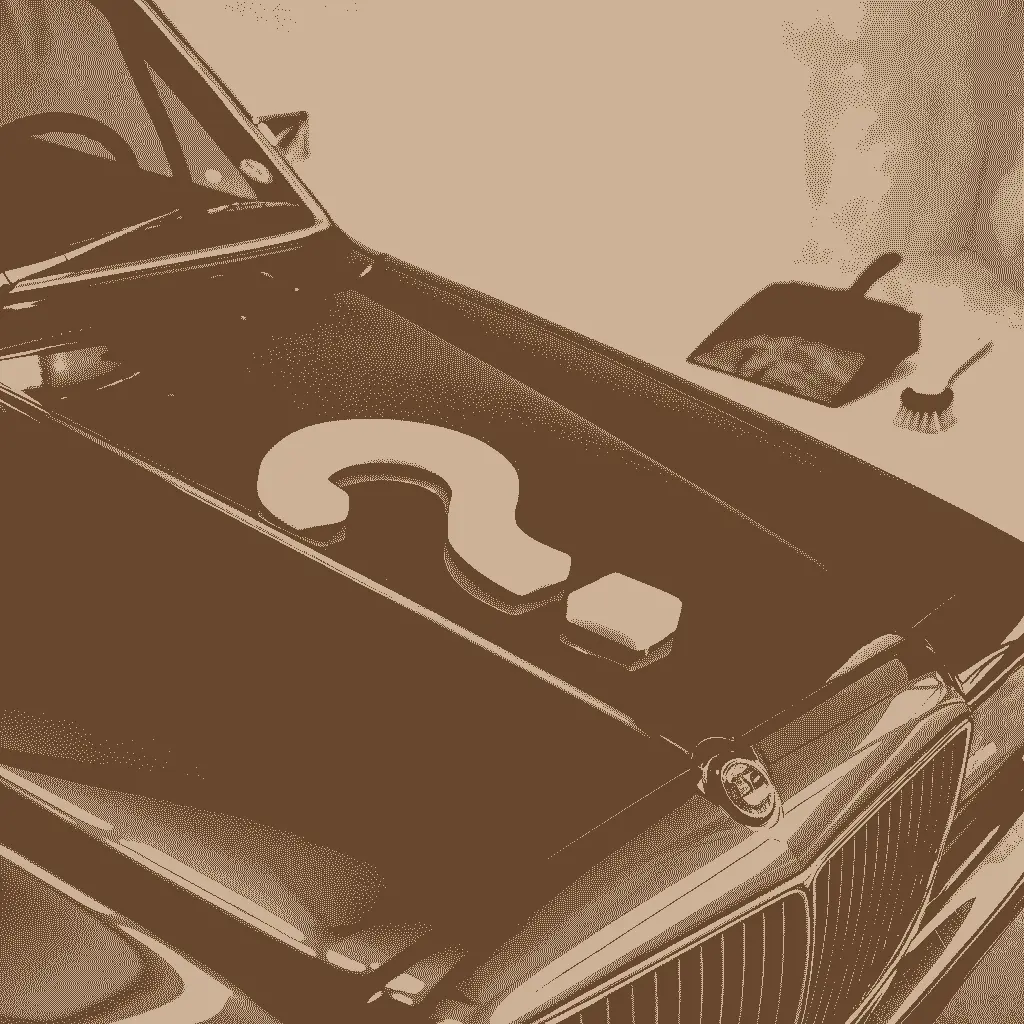The Ultimate Guide Regarding car care, understanding the relationship between polishing and waxing is essential for maintaining your vehicle’s appearance and protection. Many car enthusiasts and owners wonder: Should you wax a car after polishing? The answer is a definite yes! In this guide, we’ll discuss why it’s essential to wax after polishing, the advantages of doing so, and some practical tips to achieve the best results.
Why You Should Wax After Polishing
- Enhanced Protection: Polishing removes imperfections from the paint surface and leaves your car’s finish vulnerable to environmental damage. Waxing forms a protective barrier that protects your vehicle from harmful UV rays, dirt, and contaminants, helping keep your polished finish pristine.
2. Increased Shine
While polishing improves the clarity and smoothness of the paint, waxing adds an extra layer of gloss. This enhances the shine and deepens the color of your car, giving it a showroom-quality finish that turns heads.
3. Longevity of Results
Polished surfaces can lose their brilliance quickly without proper protection. By applying wax, you extend the longevity of your polishing results, keeping your car looking fresh for a longer period.
4. UV Protection
The sun can be tough on your car’s paint, causing fading and discoloration. Wax offers crucial UV protection, helping to preserve your vehicle’s appearance and value.
Tips for Waxing After Polishing
To ensure you get the most out of your waxing process, consider the following tips:
1. Timing is Key
For the best results, wax your car within 24 hours of polishing. This prevents polish residues from accumulating, enabling the wax to bond properly with the paint surface.
2. Prepare the Surface
Before waxing, ensure your car is completely clean. Remove any dust or debris that may have settled after polishing. A quick wash is typically enough.
3. Choose the Right Wax
There are two main types of wax: natural carnauba wax and synthetic wax. Natural wax provides a warm glow, while synthetic wax offers better durability.
4. Use the Right Application Method
Apply wax using a foam applicator or a soft microfiber cloth for even coverage. Follow the manufacturer’s instructions for best practices.
5. Buff to a Shine
After the wax has dried (check the product instructions for timing), buff it off with a clean, dry microfiber towel. This step is crucial for achieving that high-gloss finish you desire.
Conclusion
In every auto detail program, the step that follows polishing the car’s surface is applying wax to the vehicle. This not only improves the aesthetic appearance of your automobile, but it also offers an important means of protection. It is possible to follow most of these tips to keep your car in its best shape, retaining its value over the years.
Frequently Asked Questions (FAQs)
Is there a need to wax the car often?
Considering the weather conditions, there is a possibility of having the car waxed every three months.
Can I apply car polish and lacquer the next day?
Yes, applying wax as soon as possible after polishing the car is advisable.
What is the distinction between waxing and sealing?
Usually softer than sealants, wax should provide a more brilliant shine, while sealants tend to last longer. Knowing the necessity of waxing after polishing your car helps maintain its pristine condition and perfect safety. Thank you for the details!



